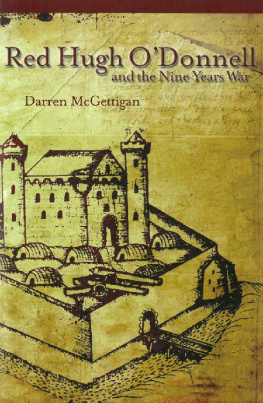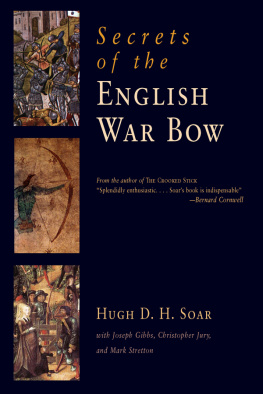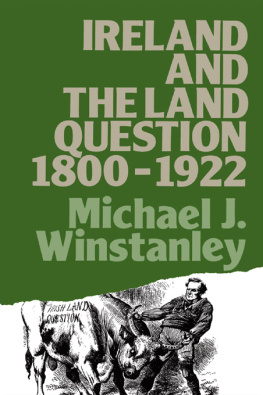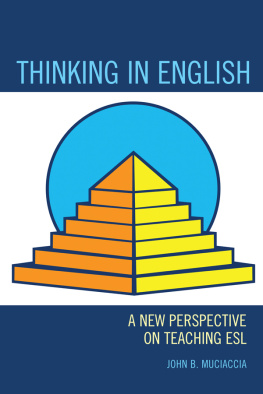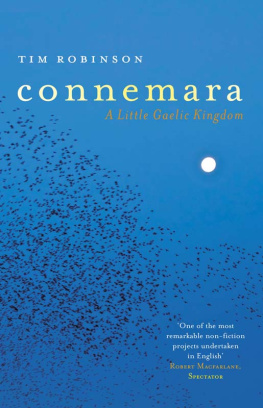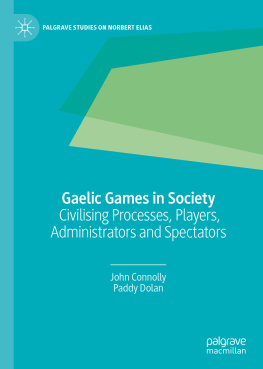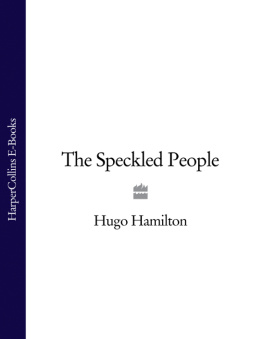Red Hugh ODonnell and the Nine Years War
To my brother and sister
Anna and William
RED HUGH ODONNELL
AND THE
NINE YEARS WAR
Darren McGettigan

Set in 11.5 pt on 16 pt Garamond for
FOUR COURTS PRESS LTD
7 Malpas Street, Dublin 8, Ireland
e-mail:
http://www.four-courts-press.ie
and in North America by
FOUR COURTS PRESS
c/o ISBS, 920 N.E. 58th Avenue, Suite 300, Portland, OR 97213.
Darren McGettigan 2005
A catalogue record for this title
is available from the British Library.
ISBN 978-1-84682-485-2
All rights reserved. No part of this publication may be reproduced,
stored in or introduced into a retrieval system, or transmitted, in
any form or by any means (electronic, mechanical, photocopying,
recording or otherwise), without the prior written permission of
both the copyright owner and publisher of this book.
Printed in England
by MPG Books, Bodmin, Cornwall
Contents
Illustrations
Plates appearing beween pages 96 and 97:
.
.
.
.
Abbreviations
| AFM | Annals of the Four Masters, ed. J. ODonovan (Dublin, 1856) |
| AGS | Archivo General de Simancas |
| ALC | Annals of Loch C, ed. W. Hennessy (London, 1871) |
| Ann.Conn. | The Annals of Connacht, ed. A. Freeman (Dublin, 1944) |
| AU | Annals of Ulster, ed. B. MacCarthy (Dublin, 1895) |
| BCC | Betha Colaim Chille, ed. A. OKelleher and G. Schoepperle (Dublin, 1994) |
| Beatha | Beatha Aodha Ruaidh U Dhomhnaill, ed. P. Walsh (London, 1948) |
| Cal Salis. MSS | Calendar of the manuscripts of the most hon. the marquis of Salisbury (London, 18831973) |
| CM | Carew Manuscripts |
| IER | Irish Ecclesiastical Record |
| IHS | Irish Historical Studies |
| Narration | A Narration of the Services done by the army employed to Lough Foyle, by Sir Henry Docwra, ed. J. ODonovan (Dublin, 1849) [Miscellany of the Celtic Society] |
| NHI | New History of Ireland, ed. T. Moody, F.X Martin and F.J. Byrne (Oxford, 1976) |
| ODNB | Oxford Dictionary of National Biography, ed. H. Matthew and B. Harrison (Oxford, 2004) |
| SP | Public Record Office State Papers [National Archives, London] |
A note on dating
I have used new style dating for all the major events mentioned in this book. However, I have left the dates used by English soldiers and administrators themselves when they refer to events, in old style, as are the dates given in the footnotes for their letters of correspondence.
Acknowledgments
There are many people who have contributed to the writing of this book that I would like to thank. First and foremost there is my family, my parents Eamonn and May, my brothers and sisters, Paul, Teresa, Anna and William and my aunt Ann, without whose support this book would not have been written. In particular I would like to thank my father for proof reading my final drafts and my brother Paul for his computer expertise, both when I was writing this book and my PhD thesis. Thanks are also due to my PhD supervisor Dr Tadhg hAnnrachin, whose dedicated and generous mentoring of my work is greatly appreciated. It was Dr hAnnrachin who first suggested I write a thesis on Red Hugh and he always wanted to see a book emerge from it. I would also very much like to thank my good friend Dr Dith hgin, associate professor in the department of Irish folklore in UCD, who very generously gave much of his time to translate Gaelic texts for me. I also appreciate the invitation I received from Professor Pdraig A. Breatnach of the Irish department in UCD, an expert on the bardic poems written for Red Hugh, to attend the colloquium 1602 to 2002 he gave on the Beatha Aodha Ruaidh in February 2002.
Other people I would like to take the opportunity to thank include Professor Nicholas Canny and Professor Thomas Bartlett, Margaret MacCurtain, Charles Doherty, James McGuire, Dr Declan Downey and Professor Francis J. Byrne, my MA supervisor, from whom I learnt a great deal. I wish to thank my teachers in St Josephs De La Salle secondary school in Wicklow Town, especially Mr Karl Carney, my old history teacher, my GP Dr Nicholas Byrne, who analyzed the symptoms of Red Hughs illness for me, and all my friends who contributed in various ways to this book, Ronan and Caroline LeLu and their young family in Cork, Paul McGuill in Dundalk, Dr Anthony McCormack and his parents, Terry Clavin, Joe McNabb and Gavin Slattery, all in Dublin, and Dr Emmett OByrne in Wicklow.
I would also like to acknowledge the helpful assistance of my publishers, Four Courts Press, the staff of the School of History in UCD, especially Eiriol Townsend, and the staff of the college library, as well as of the TCD library and the National Library of Ireland, Crnn Doibhlin of the Cardinal Toms Fiaich library in Armagh, the assistant curator and deputy keeper of manuscripts at the Cambridge Manuscript Library and Isabel Aguirre of the Archivo General de Simancas in Spain. I would like to thank the Board of Trinity College and the Ministerio de Educacin, Cultura y Deporte of Spain, for permission to publish illustrations in this book, and Cambridge University Library for permission to publish the translation of appendix 1. I am also very grateful to the Irish Research Council for the Humanities and Social Sciences who awarded me a Government of Ireland scholarship in the humanities and social sciences from 2001 to 2003, funding which greatly facilitated my research for my PhD. Finally, I would also like to acknowledge my late grandfather, Neil McGettigan, who was from Meenreagh near Kilmacrennan in County Donegal, who gave me my interest in Tr Chonaill history. I would also like to take the opportunity of the publication of this book to express my sincere appreciation to his extended family who received me very hospitably any time I visited County Donegal.
GENEALOGY OF THE O DONNELL FAMILY

The ODonnell Family |
L.T.C. Lord of Tir Chonaill |
T. Tnaiste |
| Res. Resigned cheiftainship | Dis. Disappeared |
Sl. Slain | Dep. Deposed |
Ex. Executed |
| M. Mudered |

Map 1 The lordship of Tr Chonaill

Map 2 Ireland during the Nine Years War
Introduction
T HE WAR FOUGHT BY Red Hugh ODonnell and his confederates against the Elizabethan English state in the 1590s is sometimes difficult to put in context. In the early twentieth century some historians saw it as the last stand of an ancient Celtic culture against an expanding modern Renaissance one. The actual context is much more complex. While Gaelic Irish society was certainly Celtic, it too was modernizing and capable of formidable adaptation, especially in military matters. Secondly, while the role played by Hugh ONeill was crucial to the confederacy, he did not build it, and may have been carried along by events and his own success, much more than some historians realize.
Next page
